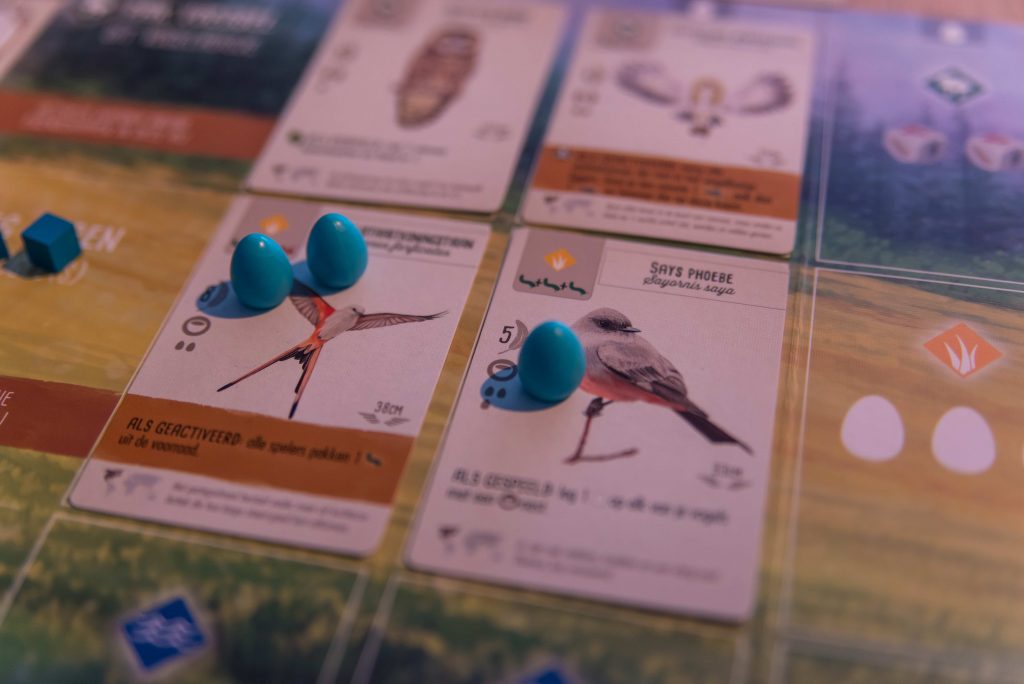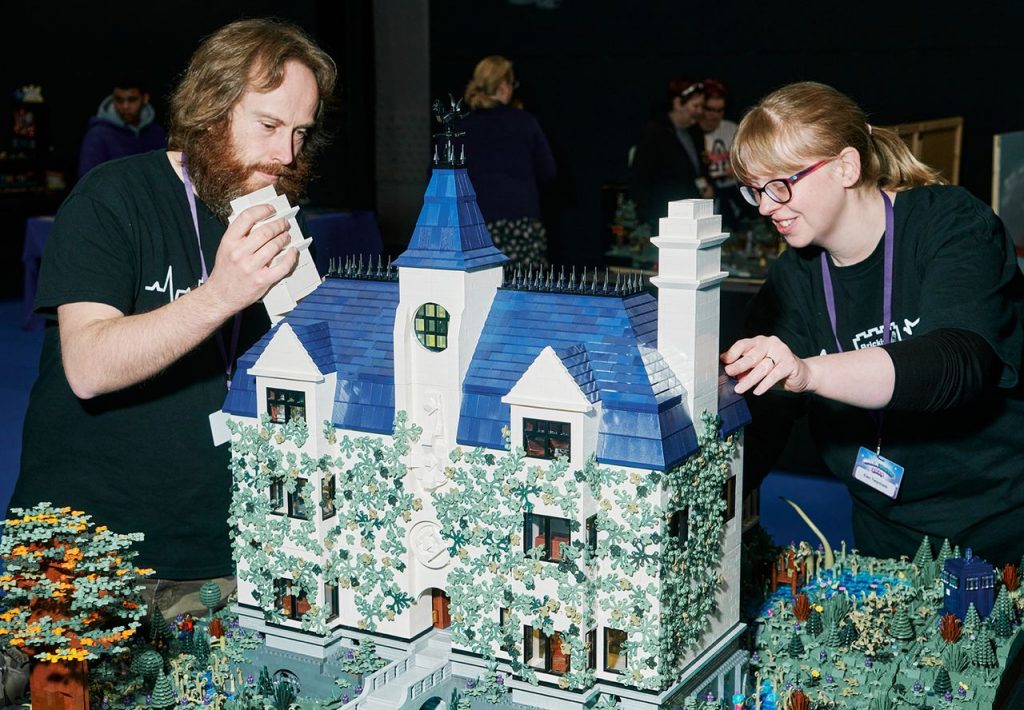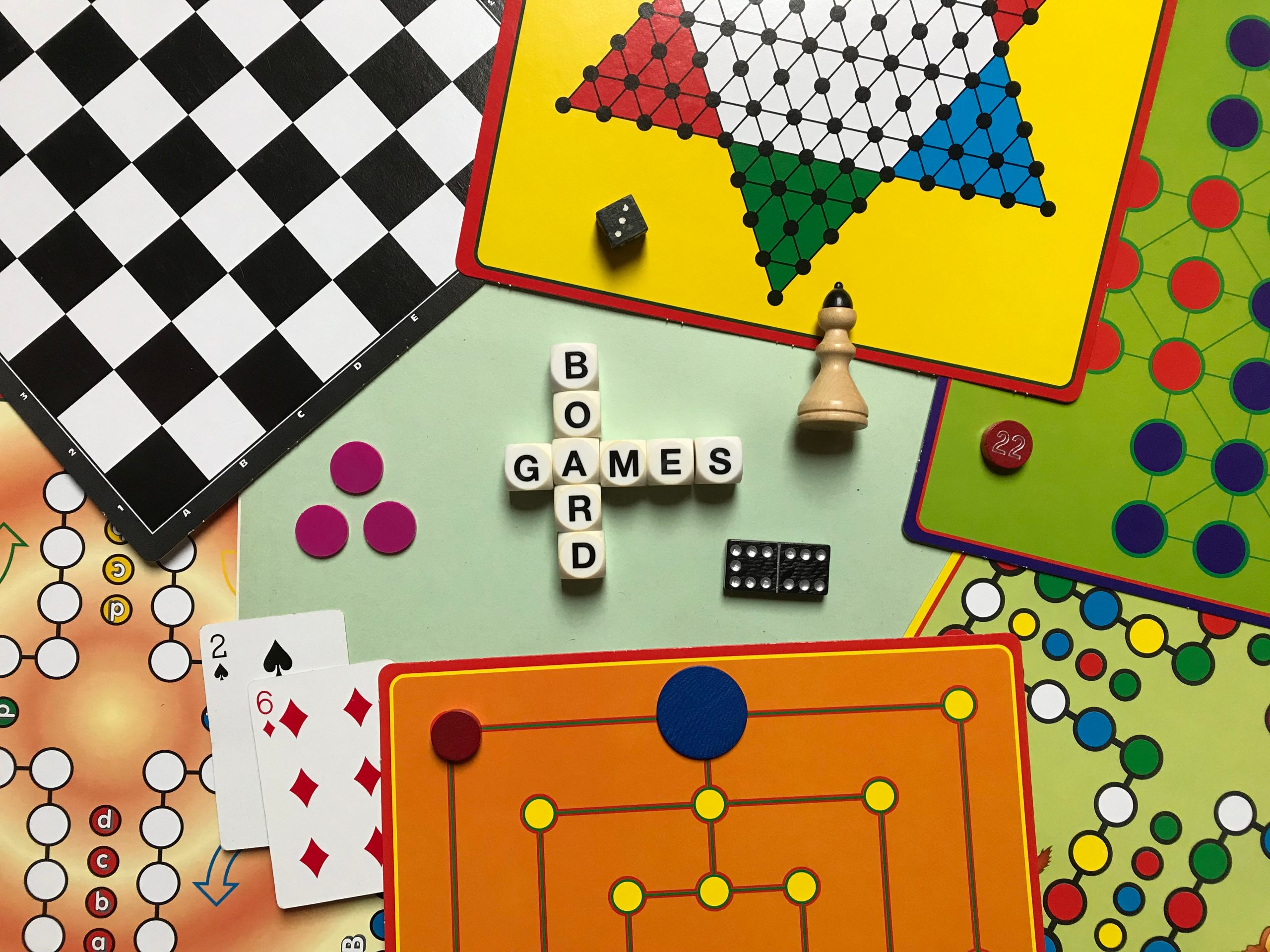Family game night. A doomed tradition in my house, it has to be said. We’d open the Pandora’s box that is Trivial Pursuit and hope for the best. My sister would lose interest in no time and go back to her Instagram feed, my mum and brother would collapse in fits of laughter over who knows what, and dad would soon bail on the endeavor entirely, fuming because no one was taking the game (and his winning streak) seriously. The story has ended the same way as far back as I can remember.
Still, I’m not here to reminisce. No, I’d like to point out something many of you may have noticed for yourselves… board games are back!
In fact, board games are enjoying a golden age the like of which they haven’t seen since the 1980s. A Business Wire report estimates that the global market will grow from $18.93 billion in 2022 to almost $40 billion in 2028 at a CAGR of 13.3%. According to BoardGameGeek, a global forum that logs every game published, 3,000 new board games came out last year (and that doesn’t even include expansion packs!).
Your Monopoly and Clue classics have undergone major revamps to stay relevant, with new themed versions like “Friends” and “Harry Potter” hitting the shelves, while new games win new fans every day. For instance, one of Amazon’s best-selling board games in 2022 is called Wingspan, a competitive game about birdwatching. There is now a board game for every level of difficulty, group size, and hobby imaginable—the choice is almost dizzying. So you can no longer say you’re not a fan of board games, just that you haven’t found the “one” for you yet.

Wingspan is a game where players compete to attract birds to their wildlife reserves.
Small new board game developers are emerging to give older, bigger players a serious run for their money. Toy market expert and consultant Chris Byrne argues that smaller businesses are thriving compared to established players like Hasbro and Mattel. “There are small companies that are doing gangbusters with product right now, because they are smaller and more flexible,” he says. Crowdfunding platforms like Kickstarter have also allowed designers to create new and unique games which attract new players in their turn.
Across the world, thousands of board game cafes have opened for business, offering drinks and snacks along with hundreds of games for customers to choose from. No fewer than 5,000 of these establishments opened in 2016 in the US alone. The trend is catching on in Greece too, albeit on a much smaller scale, with almost a dozen themed cafes ready to be discovered around Athens.
So why now?
The usual suspect that springs to mind is, of course, the pandemic. Covid-19 did indeed drive an increase in sales as, stuck inside for months on end, people had to find ways to keep themselves entertained. In the UK, for example, sales of playing cards and board games skyrocketed, up 240% in the first week of lockdown alone, and market experts cite similar patterns in other countries.
“Covid lockdowns created an environment where people stayed home and indoors, and they started to look for things to do,” comments Erik Allebest, CEO of Chess.com, the No. 1 platform worldwide for online chess. Searching for a distraction, people turned to the boxes stowed away on that dusty top shelf. They soon found that board games provide a unique way of connecting through play. “Puzzle sales went through the roof. So did board games. In fact, all gaming surged, both online and offline. Chess, the granddaddy of all games, garnered a lot of attention,” notes Allebest, whose own platform saw monthly users skyrocket from 8 million in October 2020 to nearly 17 million in April 2022.
Interestingly enough, the internet has made it much easier for people to wade into the world of board games. The web has seen a surge in YouTube channels dedicated to game tutorials, forums where groups of like-minded aficionados can connect, and even online board games to play with anyone, anytime, anywhere.
Game developers have even started experimenting with a combination of digital and physical elements when creating a new game, in order to enhance the playing experience. Social media has also been a market driver for such games. TikTok has become an increasingly popular platform for advertising board games, as viral videos can reach millions of viewers and drive sales.
Tom Brewster, a writer and presenter at Shut Up & Sit Down, an online board game reviewing forum that has a community of half a million subscribers on YouTube, suggests that game makers are now taking the screen and length restraints of social media platforms into account when creating new products. “People are going to want to start making games that are visually poppy and really easy to explain, which to me is a great thing,” he says.
Although the above have all helped board games relive their glory days, a far more profound factor is at play here: now that screens have become our new reality, board games allow people to escape the digital world and connect with others offline. The sensory element of holding pieces, dice or cards, the fun of engaging in banter round the kitchen table, and the bond formed over the close interaction with others makes the experience both more immersive and more memorable.
Board games also speak to a sense of longing for simpler times. In the digital, non-physical world we live in, retro products like vinyl records and board games are an ode to the past, something tangible that we can cherish, collect and share with others.
Finally, board games also evoke a sense of nostalgia and tradition. Most if not all of us remember what it felt like to go bankrupt in Monopoly or find the murderer in Clue. Just as my family still sits down round the table to play a game, even though the result is a foregone conclusion, so many others, keen to relive fond memories of playing with loved ones, are being attracted back into the board game fold.
The trend is undeniable. So, dust off your table top, polish your dice, and let the games begin!







